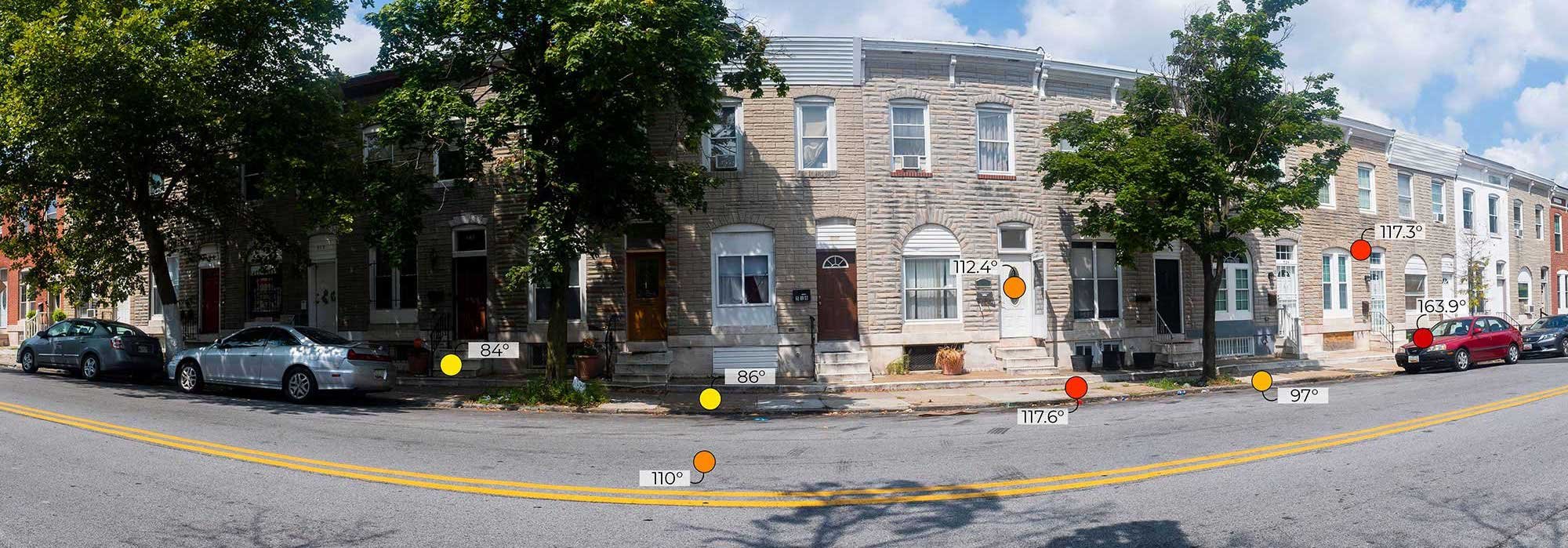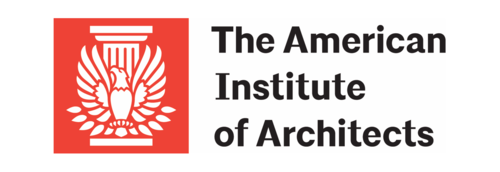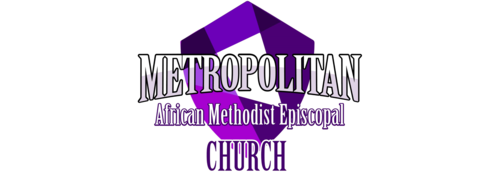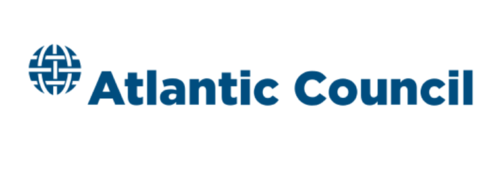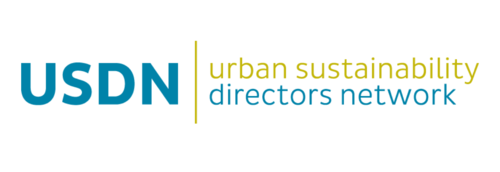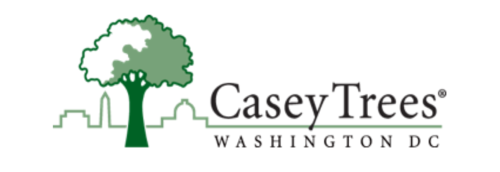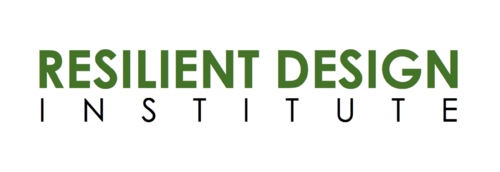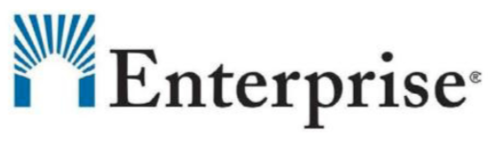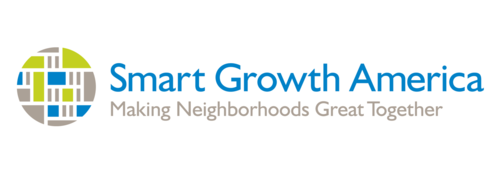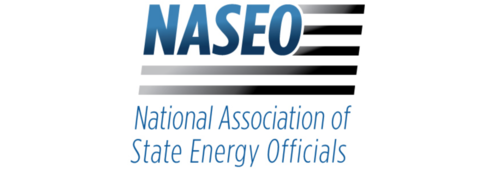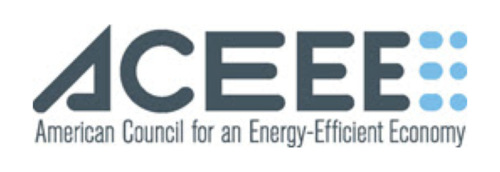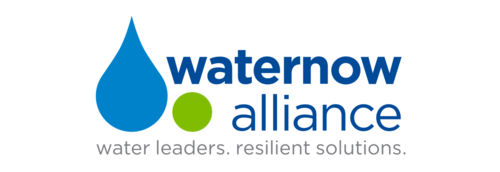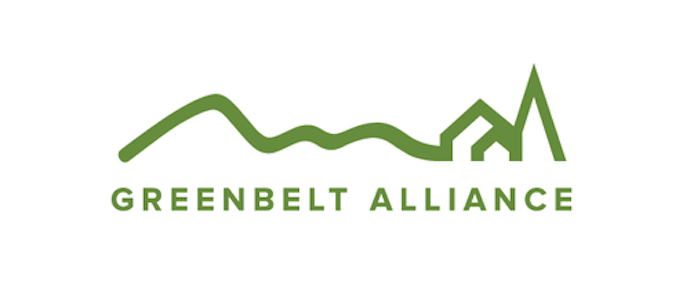Delivering Climate Change Mitigation, Adaptation, and Environmental Justice
Coalition Partners
The Smart Surfaces Coalition is made up of 40 leading national and international organizations with a shared commitment to enabling and ensuring that Smart Surfaces become the urban design standard globally within a decade.
Hear the SSC Story: TEDXBoston
American lung association & Smart Surfaces
What We do
We help cities make “smart” surface decisions by demonstrating the value of surfaces that manage the sun and rain. By using Smart Surfaces where appropriate, cities around the world can reduce extreme summer heat, minimize flooding, improve public health, create jobs, and advance equity—all while saving money.
Interested in learning more about our work?
SMART SURFACE Solutions
Cities that deploy Smart Surfaces cut urban heat, reduce flood risk, save money, and make communities more livable.
Cool Roofs
Cool roofs are light colored roofs that reflect most heat—unlike conventional dark colored roofs. Cool roofs reflect more than 50% of solar radiation compared to traditional dark roofs, which reflect only about 15-20%.
Green Roofs
Green roofs are covered in vegetation, which provides shading, reduces building energy use, cleans the air, and absorbs water to prevent flooding.
Trees
Trees provide shade and reduce ambient temperatures through evapotranspiration. Additionally, trees turn CO2 into oxygen, filter out air pollutants, and mitigate flood risk during heavy rains.
Solar
Solar PVs convert sunlight into electricity and provide shading for buildings, sidewalks, and other public areas.
Reflective Pavements
Reflective (or ‘high albedo’) pavements include light-colored roads, sidewalks, and parking lots. These pavements use a reflective sealant to bounce sunlight and heat away from cities to reduce surface temperatures. They also protect the pavement, extending its useful life.
Bioretention
Bioswales, rain gardens, and other forms of bioretention allow rain to run off into green, porous basins, in turn reducing stormwater runoff, risk of flooding and stormwater system overflow, whilst recharging groundwater.
Porous Pavements
Porous pavements allow rain to pass through the surface, recharging groundwater while reducing flood risk.
Low- and Zero-Carbon Concrete
Through the process of integrating CO2 into new concrete, concrete can be carbon neutral or even carbon negative. Additionally, carbon-sequestering concrete has a relatively high albedo.
Combined Surfaces
By combining Smart Surface solutions, cities can maximize the benefits from a single area. For example:
Green roofs + Solar PV generate clean energy, reduce building energy use, manage stormwater, and clean the air.
Porous + cool surfaces reflect heat, capture rain, and clean the air.
Become a Smart SurfaceS Scholar
Smart Surface Scholars collaborate with the Smart Surfaces Coalition to deliver new research on Smart Surface technologies, city-level surface characterization, heat- and flood-mapping, and public health analytics. The Smart Surfaces Coalition brings together experts from a wide range of fields and industries to share data and knowledge in order to accelerate the adoption of Smart Surfaces.




